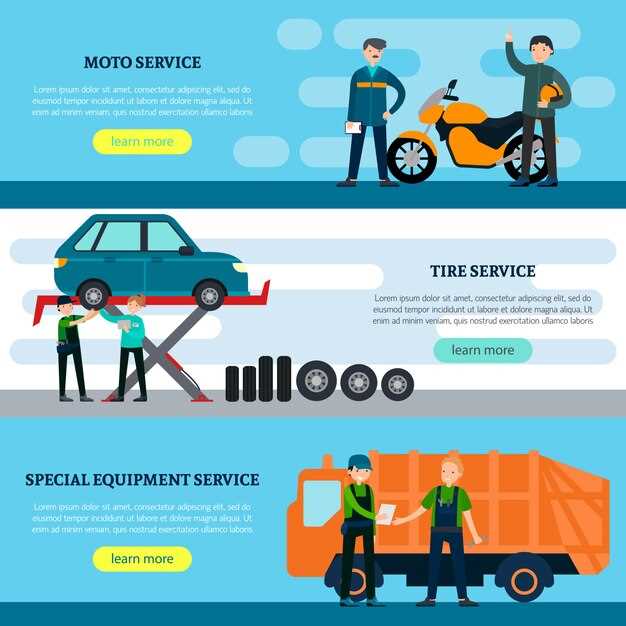
When it comes to transporting your prized motorcycle, choosing the right service can be a pivotal decision. Different transport services offer various methods, each designed to cater to diverse needs and preferences. From open trailers to enclosed transport, understanding these distinctions can help you make an informed choice that ensures the safety and integrity of your motorcycle during transit.
Trailer
Utilizing a specialized service often means you’re opting for a team that understands the intricacies of motorcycle handling, ensuring that your vehicle is secured properly for the journey ahead. The use of proper restraints and padding in a trailer designed explicitly for motorcycles minimizes the risk of movement, safeguarding your asset from unforeseen accidents during transit.
Comparing Open vs. Enclosed Motorcycle Shipping Options
When it comes to transporting your motorcycle, choosing between open and enclosed shipping options is crucial. Each method has its unique advantages and considerations that can impact the overall safety and cost of the shipping process.
Open motorcycle shipping is a popular choice due to its affordability and efficiency. In this method, motorcycles are secured on open trailers, exposed to the elements during transit. This option is ideal for those looking to save costs, as it generally provides lower rates compared to enclosed methods. However, the primary concern with open shipping is the exposure to weather conditions, road debris, and potential damage. While most shipping companies take precautions to secure the motorcycles, the lack of protection means that specialized care must be taken to ensure their safety.
On the other hand, enclosed motorcycle shipping offers a higher level of protection. Motorcycles are transported inside a covered trailer, shielding them from harsh weather, dust, and other potential hazards. This shipping option is particularly recommended for high-value or vintage motorcycles that require extra care during transport. Although the costs associated with enclosed shipping are typically higher, many owners view this as a worthwhile investment, given the added security and peace of mind it provides.
Ultimately, the decision between open and enclosed motorcycle shipping boils down to individual needs, budget constraints, and the value of the motorcycle being transported. By weighing the pros and cons of each option, motorcycle owners can make informed choices that best suit their specific situations.
Key Factors in Choosing a Specialized Motorcycle Trailer

When selecting a specialized motorcycle trailer, several key factors must be considered to ensure optimal performance and safety during transport. First and foremost, weight capacity is crucial. Assess the trailer’s load rating to ensure it can accommodate your motorcycle’s weight without compromising stability or causing wear.
Next, trailer construction materials play a significant role in durability and reliability. Look for trailers made from high-quality metal or composite materials that can withstand harsh conditions and provide longevity. The design of the trailer should also facilitate easy loading and unloading, ensuring that you can securely transport your motorcycle without hassle. Features like low ramps or adjustable tie-down points can significantly enhance usability.
Additionally, consider the suspension system. A specialized motorcycle trailer should have a robust suspension that absorbs shocks during transit. This will protect your bike from vibrations and potential damage, especially over long distances or rough terrain.
Braking systems are another critical aspect. Some trailers come with electric brakes, while others use surge brakes. Assess your towing vehicle’s compatibility and your own comfort level with different systems to ensure a safe and effective braking experience.
Finally, evaluate the accessories that come with the trailer. Features such as built-in wheel chocks, storage options, and weather-resistant covers can add significant value and convenience, making your transport experience smoother. By taking these factors into account, you can choose a specialized motorcycle trailer that meets your needs and enhances the overall safety and enjoyment of your motorcycle transport experience.
Developing a Checklist for Safe Motorcycle Transport

Transporting your motorcycle requires careful planning to ensure its safety throughout the shipping process. A well-structured checklist can mitigate risks and help guarantee that your motorcycle reaches its destination in optimal condition. Here are essential points to include:
1. Choose a Specialized Shipping Company: Opt for a company that specializes in motorcycle transport. Their expertise ensures that they understand the nuances involved in safely handling and shipping motorcycles.
2. Inspect Your Motorcycle: Before transport, conduct a thorough inspection. Check for existing damages, ensure all parts are secure, and document the condition with photographs. This step is crucial for mitigating disputes regarding damages during transit.
3. Prepare the Motorcycle: Prepare your motorcycle for shipping by cleaning it thoroughly. This allows you to spot any pre-existing scratches or dents. Additionally, consider draining the fuel tank to reduce weight and eliminate fire hazards.
4. Secure Loose Parts: Remove or secure any accessories or loose parts that could be damaged during transport. This includes mirrors, bags, and other detachable components. This ensures nothing gets lost or damaged in transit.
5. Use Quality Packing Materials: When packaging your motorcycle, use high-quality packing materials like soft blankets or bubble wrap to protect sensitive areas. Ensure that the motorcycle is immobilized within the shipping crate or transport vehicle.
6. Check Insurance Options: Verify that the shipping company provides adequate insurance coverage. Consider purchasing additional coverage if necessary to protect your investment during transport.
7. Confirm Pickup and Delivery Arrangements: Make clear arrangements regarding the pickup and delivery of your motorcycle. Communicate with the shipping company to set specific timelines and locations for both ends of the transport.
8. Track the Shipment: Utilize any tracking services provided by the shipping company. This allows you to monitor the transport process and stay informed about your motorcycle’s location.
9. Post-Transport Inspection: Upon delivery, conduct another inspection before accepting the motorcycle. Check for any damages and compare the condition to your initial documentation. Report any issues immediately to the shipping company.
By following this checklist, you can ensure a safer and more efficient transport experience for your motorcycle, minimizing potential risks and enhancing peace of mind.



